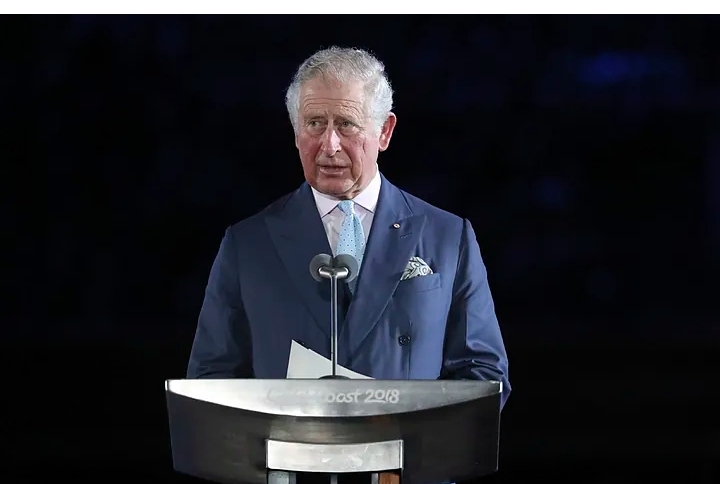CELEBRITY
King Charles has secret power he can use to cut romances dead

King Charles has the power to make or break royal marriages, and his authority could one day affect the future romantic relationships of his young grandchildren
King Charles has many powers as reigning monarch but one little-known rule gives him the final say on all royal romances.
As fans of the hit Netflix series The Crown will know, the love lives of princes and princesses are often more complicated than those outside the palace gates. Traditionally, those in line for the throne are expected to wed somebody considered ‘suitable’ – a standard that has broken royal hearts over the years.
Take for instance Queen Elizabeth’s rebellious younger sister Princess Margaret, who fell head over heels for her father’s equerry, Group Captain Peter Townsend. Her older lover’s status as a divorcee proved scandalous and, in 1955, she announced she would be breaking off their engagement
In a radio address, heartbroken Margaret, who reportedly carried the sorrow with her until she died, told the British public: “‘Mindful of the Church’s teaching that Christian marriage is indissoluble, and conscious of my duty to the Commonwealth, I have resolved to put these considerations before any others.”
Nearly seventy years on, you would imagine the palace’s approach to relationships has changed, and with a ‘commoner’ in line to become the future Queen it’s clear there has been some relative modernisation. King Charles does however have the power to stamp out blossoming romances as he sees fit, under a law know as The Succession to the Crown Act 2013…
According to this law, which came into force in 2015, the first six individuals in the line of succession require permission from the monarch to marry if they and their descendants are to remain in the line for the throne. In accordance with the Act, King Charles could, theoretically, put a stop to the future marriage choices of his granchildren, Prince George. Princess Charlotte, Prince Louis, and Prince Archie. Princess Lilibet – as seventh in line to the throne – narrowly avoids this possibility.
As harsh as this may seem, this law is an amendment of The Royal Marriages Act 1772, a far more Draconian rule which prescribed conditions under which royals could contract a valid marriage. Under this Act, which applied to all family members, not just those with the potential to one day wear the crown, it was illegal for any royal under the age of 25 to marry without first obtaining prior consent of the monarch.
Although things have relaxed somewhat over the years, asking the monarch for permission to marry is still a daunting task. In his bombshell memoir Spare, Prince Harry recounted approaching his grandmother, the late Queen, to ask her permission to marry Meghan Markle – now the Duchess of Sussex.
Recalling his nerves as he met with his grandmother at Sandringham, Harry wrote: “I saw her waiting for me to speak, and not waiting patiently. Her face radiated: ‘Out with it.’ I coughed. ‘Granny, you know I love Meg very much, and I’ve decided that I would like to ask her to marry me, and I’ve been told that, er. that I have to ask your permission before I can propose’.
“‘You have to?’ ‘Um. Well, yes, that’s what your staff told me, and my staff as well. That I have to ask your permission’. I stood completely still, as motionless as the birds in my hands. I stared at her face but it was unreadable. At last she replied, ‘Well, then, I suppose I have to say yes’.”










